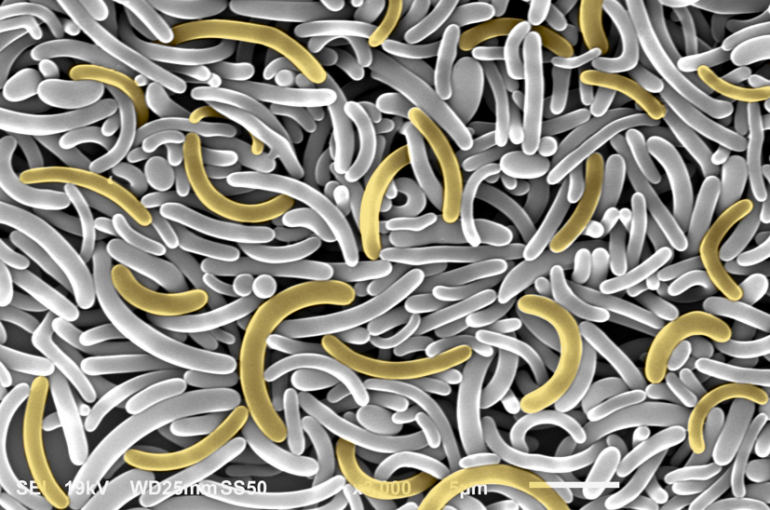
The universities of Oxford (UK) and Utrecht (the Netherlands) have made a new discovery in their research into liquid crystals that may help to create far better and sharper LCD displays in the future. Both universities announced this last Friday in the academic magazine Science.
This revolves around the development of so-called banana-shaped ‘nematic liquid crystals’ (LCs), whereby the term nematic denotes the process of going from a solid to a liquid form.
Electric fields
It is well known that crystals in liquid form react readily to certain external impulses such as electric fields. This is what makes them so well-suited to televisions and computers. The molecules that form the liquid crystals are generally elongated in shape. They are simple rod-shaped molecules that have a total of five liquid crystalline phases, yet now it appears that more than fifty phases are possible when using banana-shaped molecules.

These ‘banana phases’ have been known to science for a while already, although up until now, no one knew exactly how the banana particles organize themselves and move around. This is because the crystalline particles are extremely small and move very fast. The researchers from Oxford and Utrecht have now cracked that puzzle. They were the first to succeed in studying, visualizing, and analyzing the intrinsic details of banana-shaped liquid crystals by using single-particle resolution.
With the help of image analysis techniques, the researchers were able to determine the position and orientation of the banana-shaped particles, which enabled them to identify a series of separate banana phases. Moreover, these colloidal bananas provide experimental proof of the existence of the so-called ‘splay-bend nematic’ liquid crystalline phase, which had been predicted forty years ago but had not been demonstrated until now.





